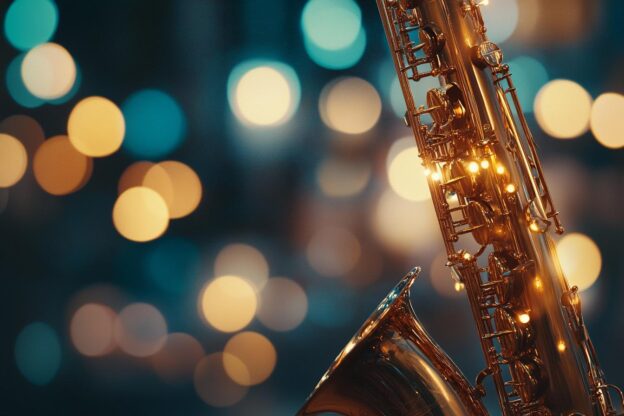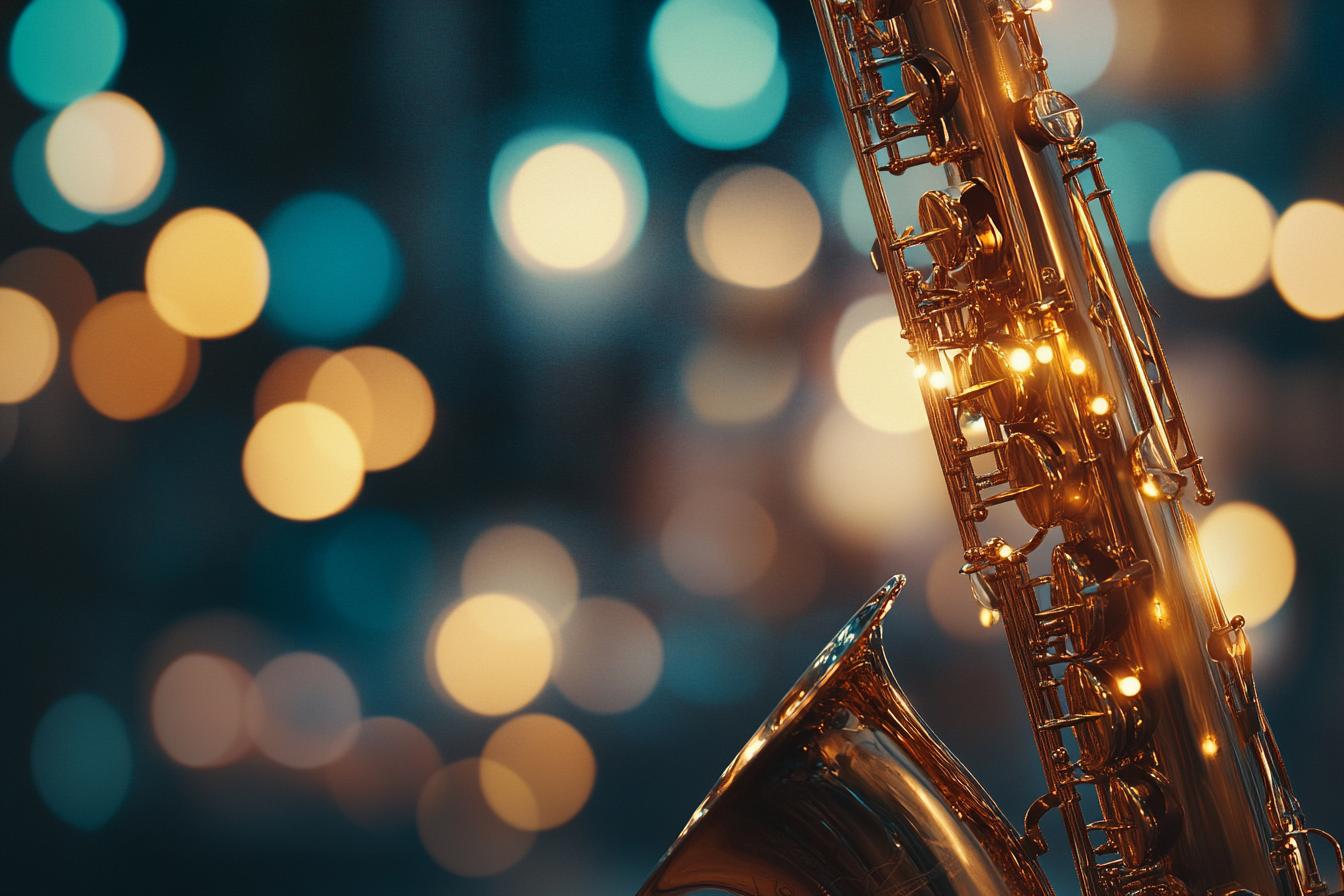Imagine a world where you can access your favorite radio stations, listen to podcasts, and stay informed about the latest news, all from one convenient app. This is the promise of a news radio app, a digital platform designed to bring the power of radio broadcasting directly to your fingertips. With a news radio app, you can easily switch between different stations, genres, and programs, allowing you to tailor your listening experience to your personal preferences. The app’s intuitive interface and advanced features, such as the ability to record and replay programs, enhance the listening experience, making it more engaging and interactive.
Beyond offering a vast library of radio content, news radio apps often provide additional features that cater to the modern listener. For instance, many apps integrate with social media platforms, enabling you to share your favorite programs with friends and family. Some apps even offer personalized recommendations based on your listening history, suggesting new stations and podcasts that align with your interests. This personalized approach ensures that you’re always discovering fresh and exciting content, keeping your listening experience dynamic and engaging. Think about the last time you were stuck in traffic or waiting for an appointment – a news radio app can transform these moments into opportunities to learn, be entertained, and stay connected with the world around you.

News Radio App
1. News Radio App
Imagine a world where you can stay updated on current events while enjoying your favorite radio stations. This is the reality offered by news radio apps, which seamlessly combine the latest news with the charm of traditional radio broadcasting. These apps provide a convenient way to access a wide range of news sources, from local to international, all in one place. You can listen to live radio broadcasts, catch up on missed stories, and even customize your news feed to focus on topics that interest you most.
Beyond just delivering news, news radio apps often enhance the listening experience with interactive features. Some apps allow you to share articles with friends, while others offer podcasts and audio documentaries. This interactive nature fosters a sense of community among listeners, encouraging them to engage with news in a more dynamic way. As a result, news radio apps have become a popular choice for those who want to stay informed and entertained simultaneously.
2. Live audio streaming
Live audio streaming lets you tune into breaking news as it happens, offering a dynamic and engaging way to stay informed. Imagine listening to a live report from the scene of a major event, hearing expert analysis unfold in real-time, or getting the latest updates from a press conference. These live audio streams provide a direct connection to the news, giving you the sense of being part of the unfolding story.
Beyond breaking news, live audio streaming also lets you participate in discussions, interviews, and debates. You can listen to your favorite commentators, hear from politicians, and engage with different perspectives on important topics. This interactive element makes news more immersive and allows you to actively participate in the conversation.
3. News updates and podcasts
Stay informed with our comprehensive news updates. We curate news from various reliable sources, offering a diverse range of perspectives on current events. Our team of editors meticulously selects the most relevant and impactful stories, ensuring you receive the information you need to stay informed. These updates are presented in a concise and easy-to-understand format, making it effortless to stay abreast of the latest happenings.
Beyond news updates, delve into insightful podcasts that offer in-depth analysis and engaging discussions on a variety of topics. From political commentary to cultural trends, our podcasts provide a platform for thought-provoking conversations and diverse perspectives. Listen to these podcasts while commuting, working out, or simply relaxing, expanding your knowledge and engaging with thought leaders in their respective fields.
4. Station customization and playlists
Imagine building your own radio station, filled with the music you love. News radio apps allow you to customize your listening experience by creating personalized stations. You can choose from a variety of genres, artists, or even specific songs to include in your station. This flexibility lets you tailor your listening experience to perfectly suit your mood or activity.
But it doesn’t stop there! Many news radio apps let you create playlists for specific purposes, such as your morning commute or a workout session. These playlists can be curated by you, or you can rely on the app’s algorithms to suggest music based on your listening habits. This way, you can always have the perfect soundtrack for any occasion, ensuring that your news radio app becomes your go-to source for both information and entertainment.
5. Offline listening and scheduling
Imagine you’re on a long commute or traveling without internet access. With offline listening, you can download your favorite news programs and listen to them anytime, anywhere. This feature lets you catch up on the latest news even when you’re not connected to the internet. You can select specific programs or entire channels to download, ensuring you have access to the information you need, even when you’re offline.
Furthermore, you can schedule your listening experience to align with your daily routine. This feature allows you to set reminders for specific programs or news updates, ensuring you don’t miss important information. You can choose to listen to news updates at a particular time, or set a recurring schedule for daily or weekly news broadcasts. This way, you can stay informed without having to actively search for news updates throughout the day.
6. Personalized news recommendations
Imagine tuning in to your favorite news radio app and hearing stories tailored just for you. That’s the power of personalized news recommendations. These algorithms analyze your listening habits, interests, and location to suggest stories that are most relevant and engaging. This means you’ll spend less time scrolling through irrelevant headlines and more time diving into topics that truly matter to you.
Personalized recommendations go beyond simply suggesting news from your favorite sources. They can also introduce you to new perspectives and voices you might not have encountered before. This expands your horizons and helps you stay informed on a wider range of issues. It’s like having a curated news experience designed specifically for your unique interests and needs.
Conclusions
So, there you have it! This news radio app sounds like a total game-changer for anyone who wants to stay informed and entertained. With live audio streaming, you can tune in to your favorite stations whenever you want. And if you’re on the go, you can download news updates and podcasts to listen to offline. The app even lets you customize your stations and create playlists, so you can hear the exact content you’re interested in. Plus, it uses your listening habits to suggest personalized news recommendations, making sure you never miss a story you care about. This app really has it all!


















